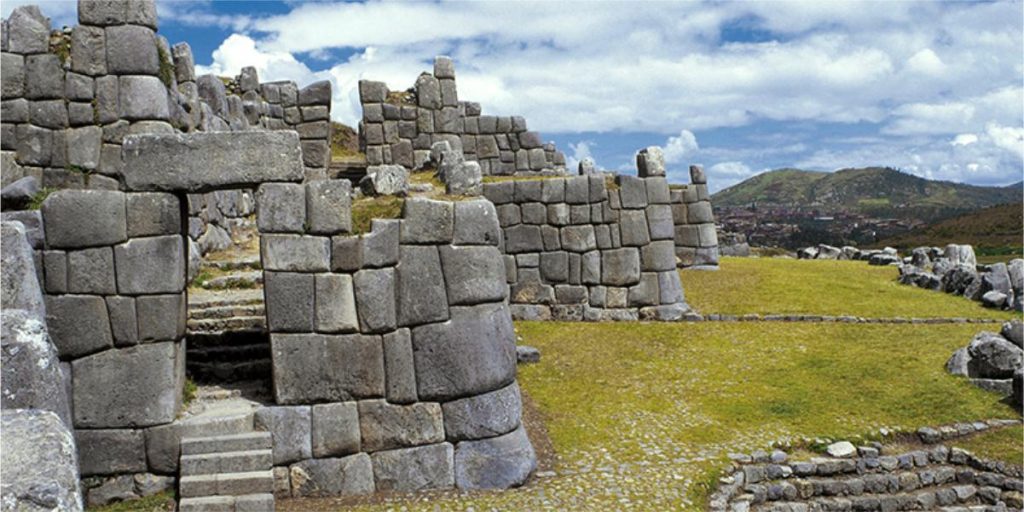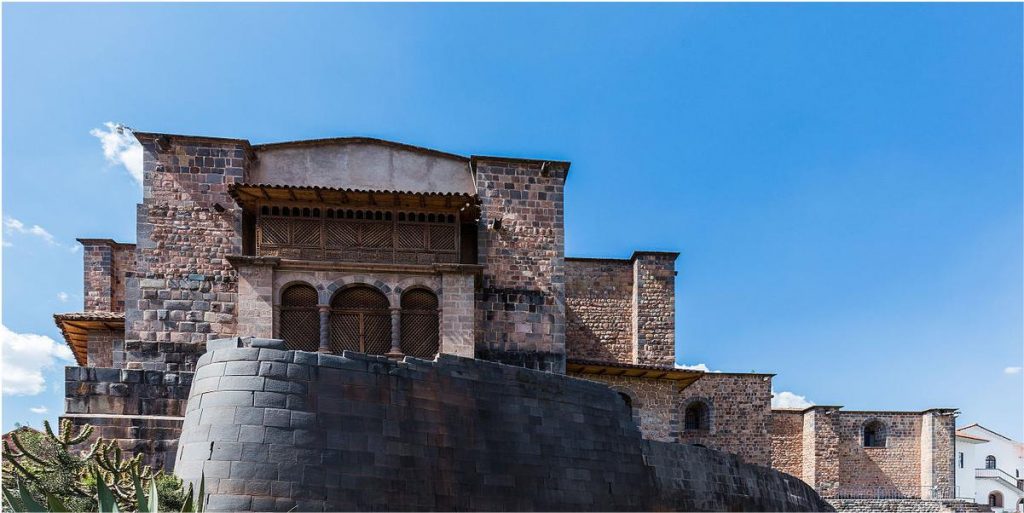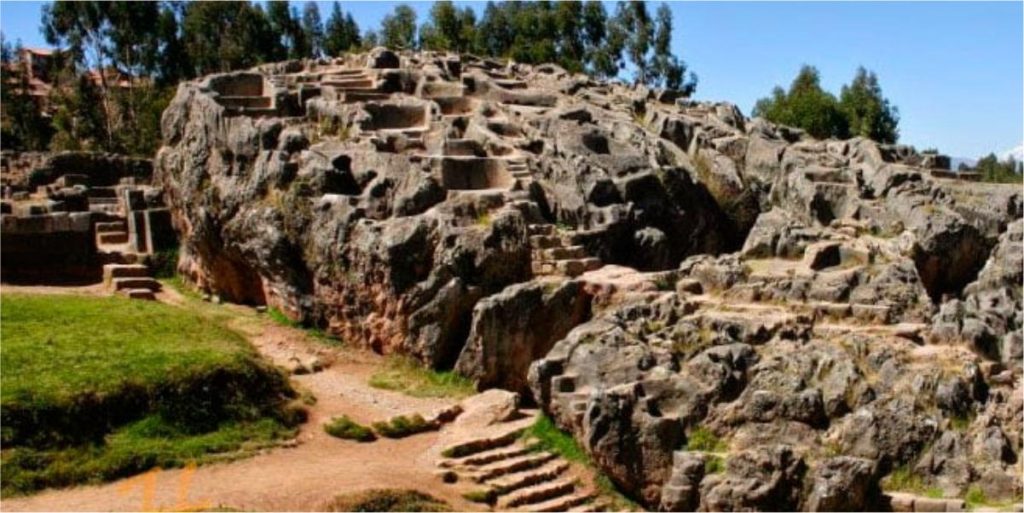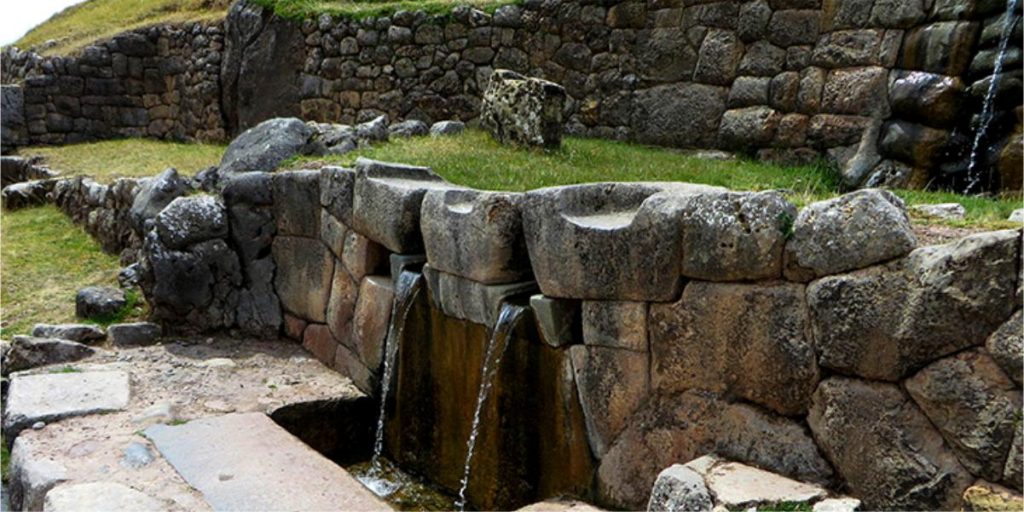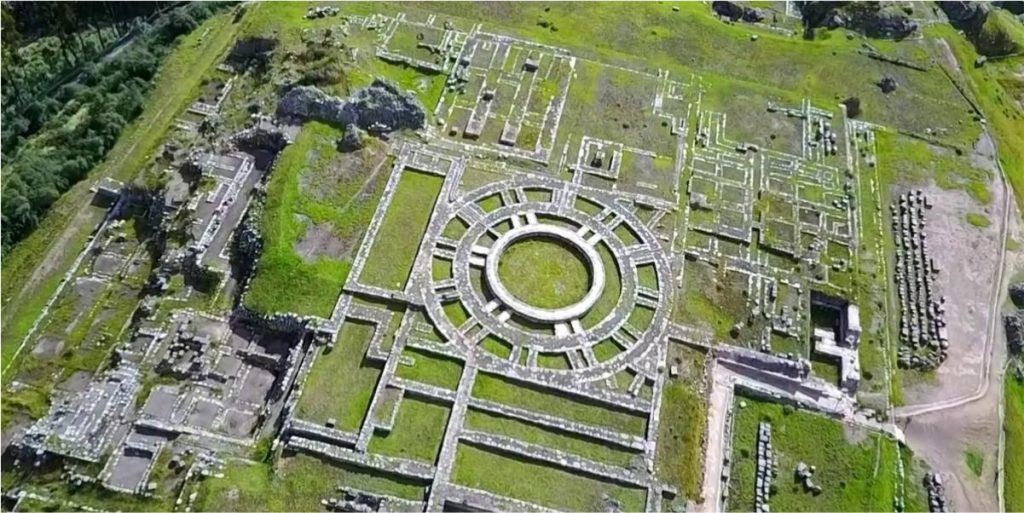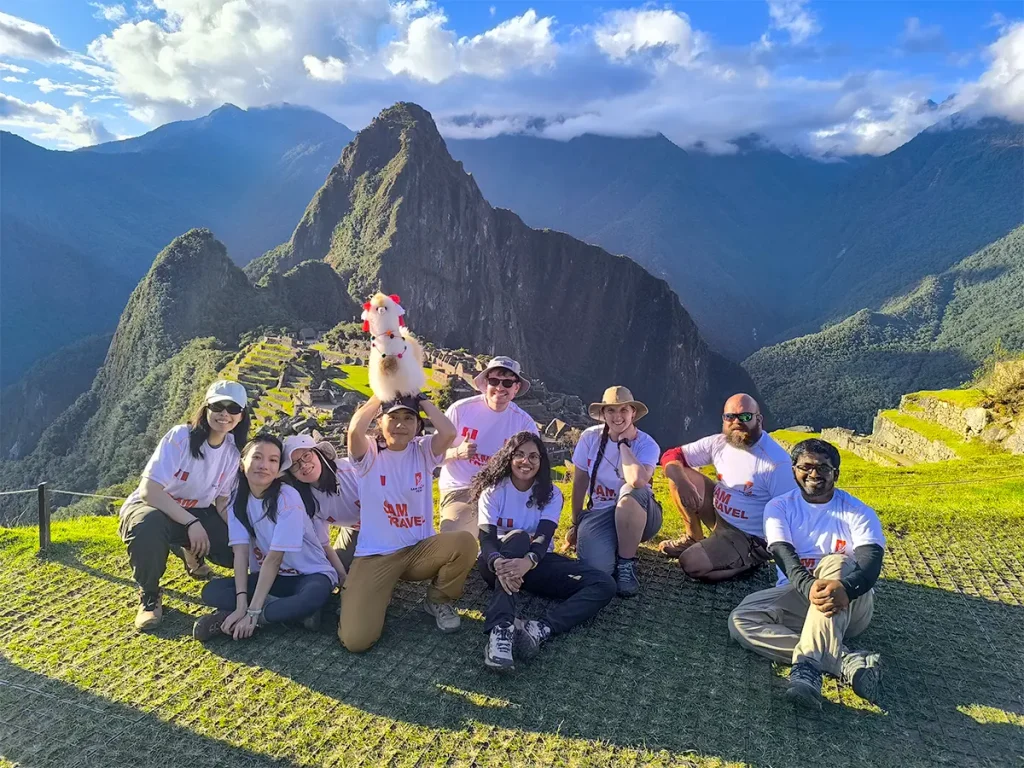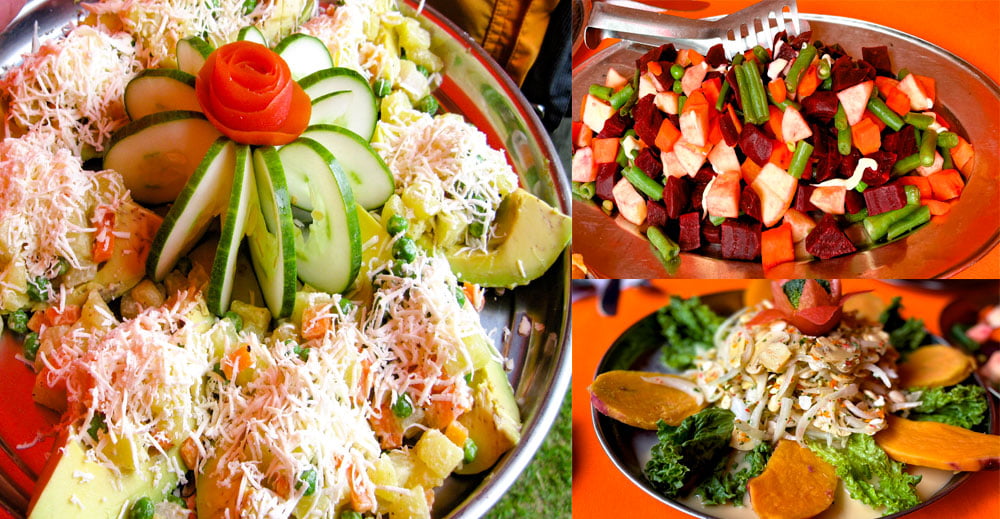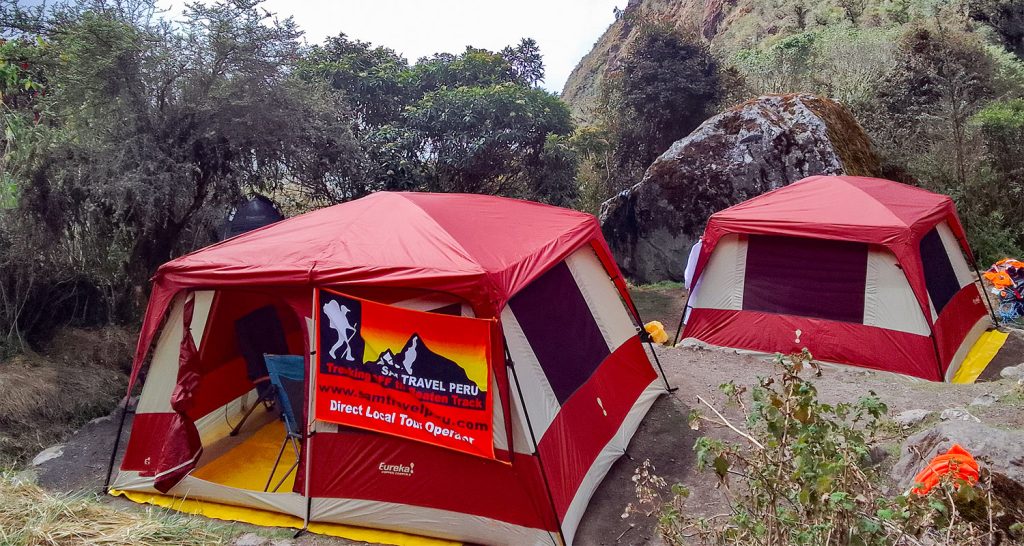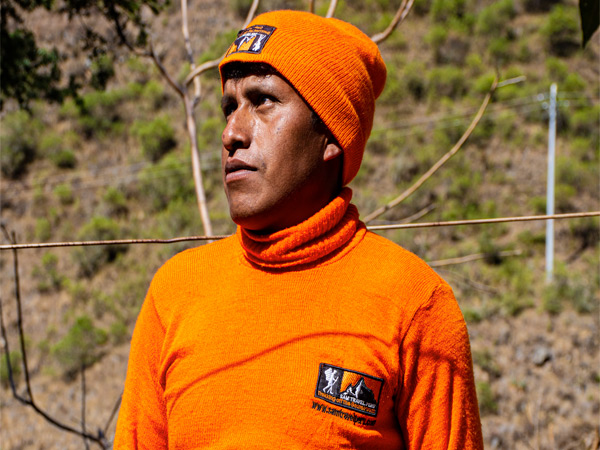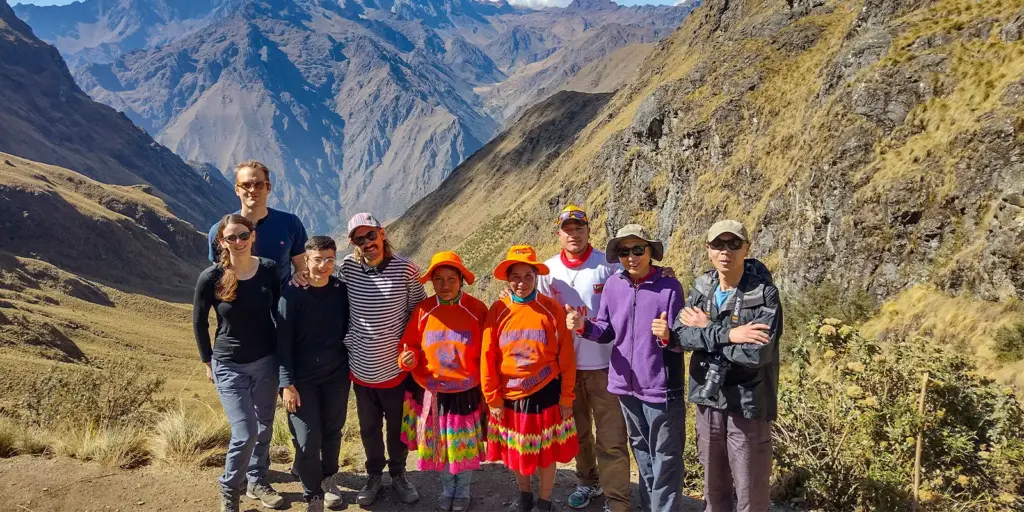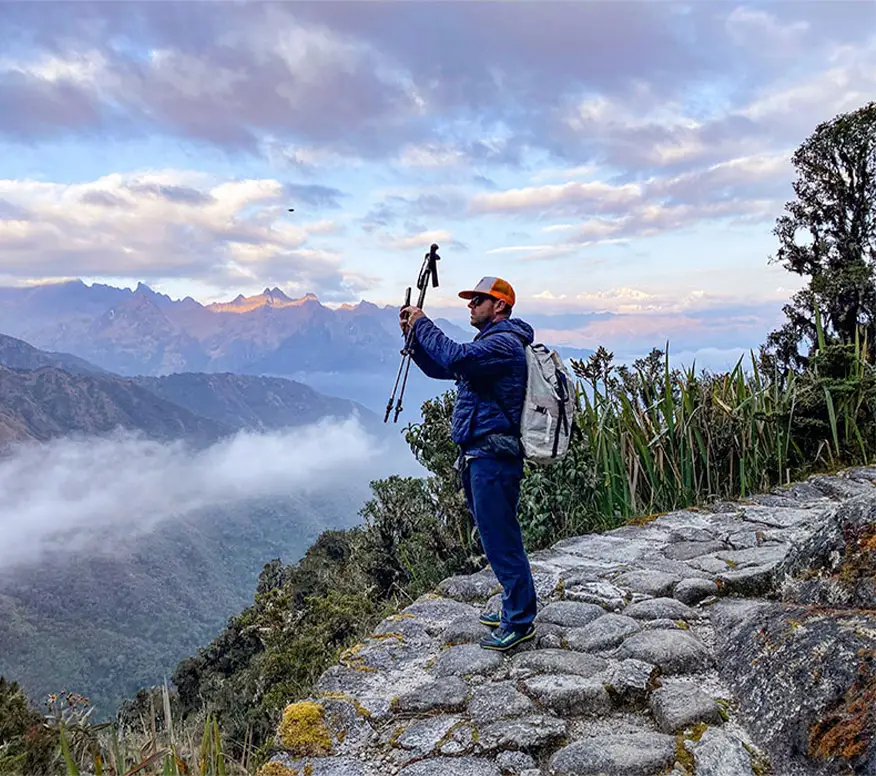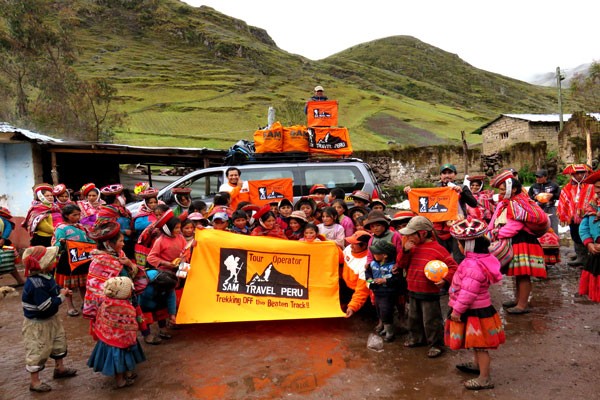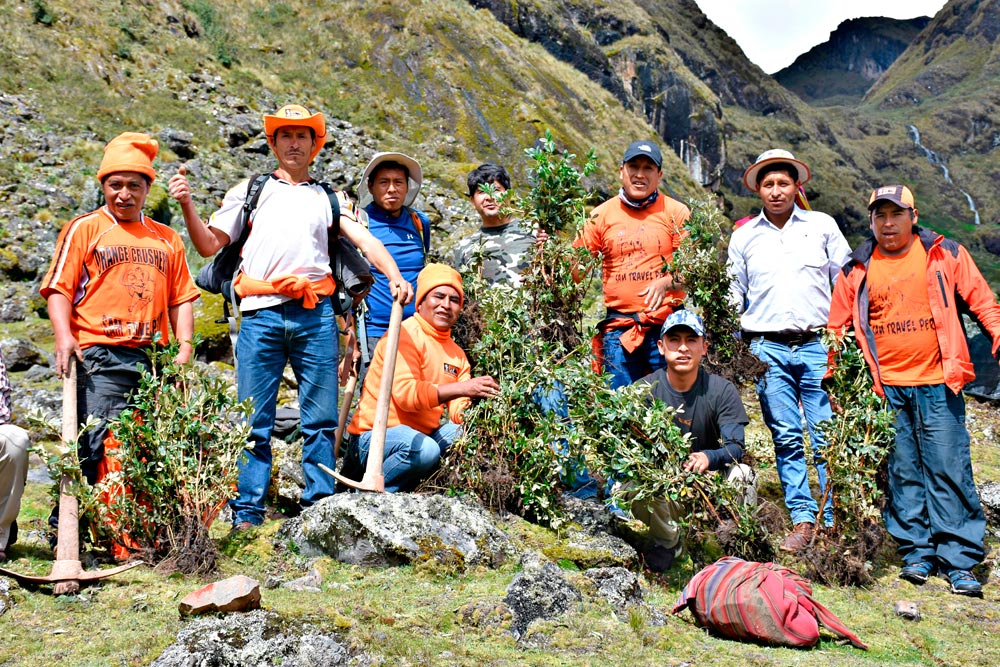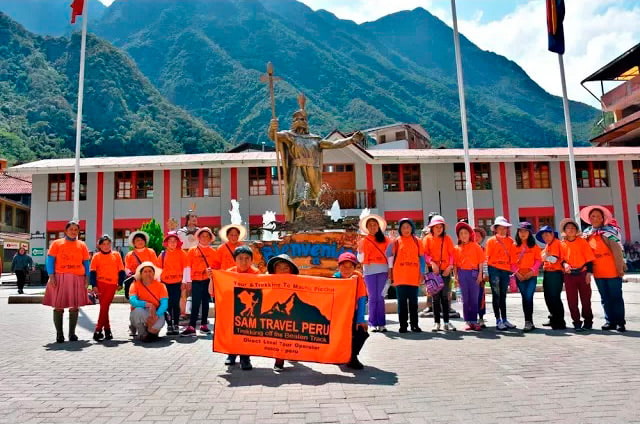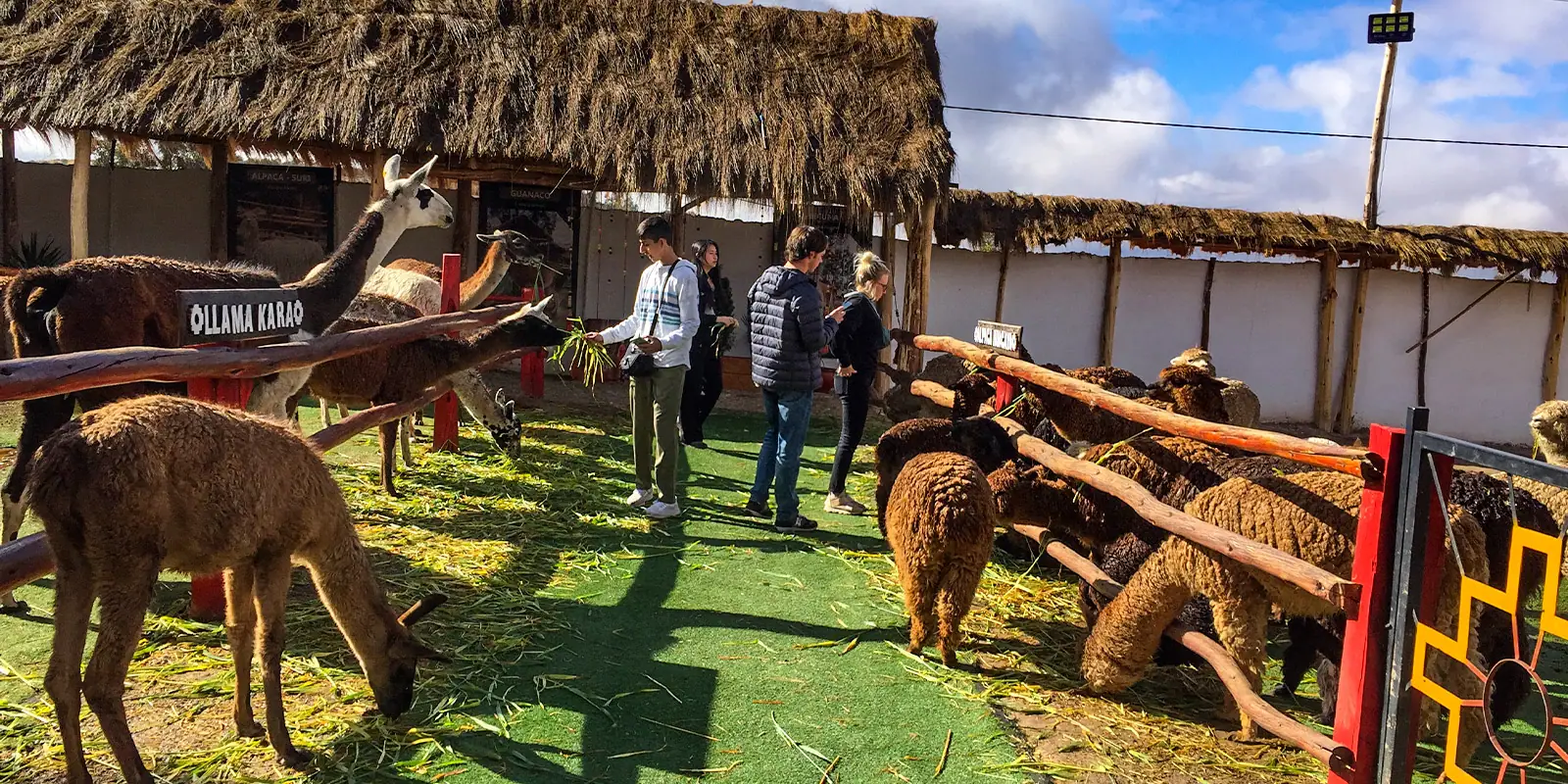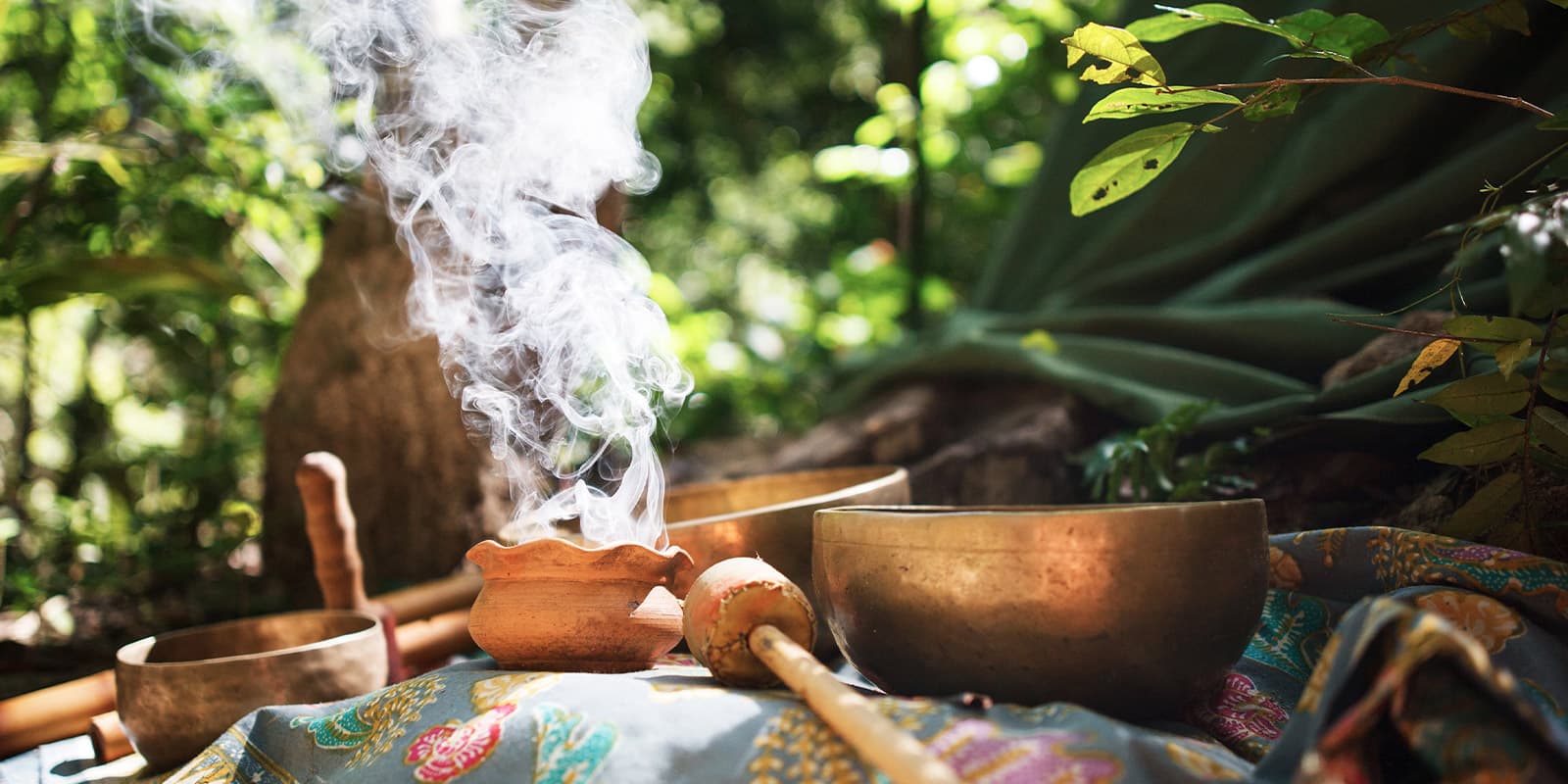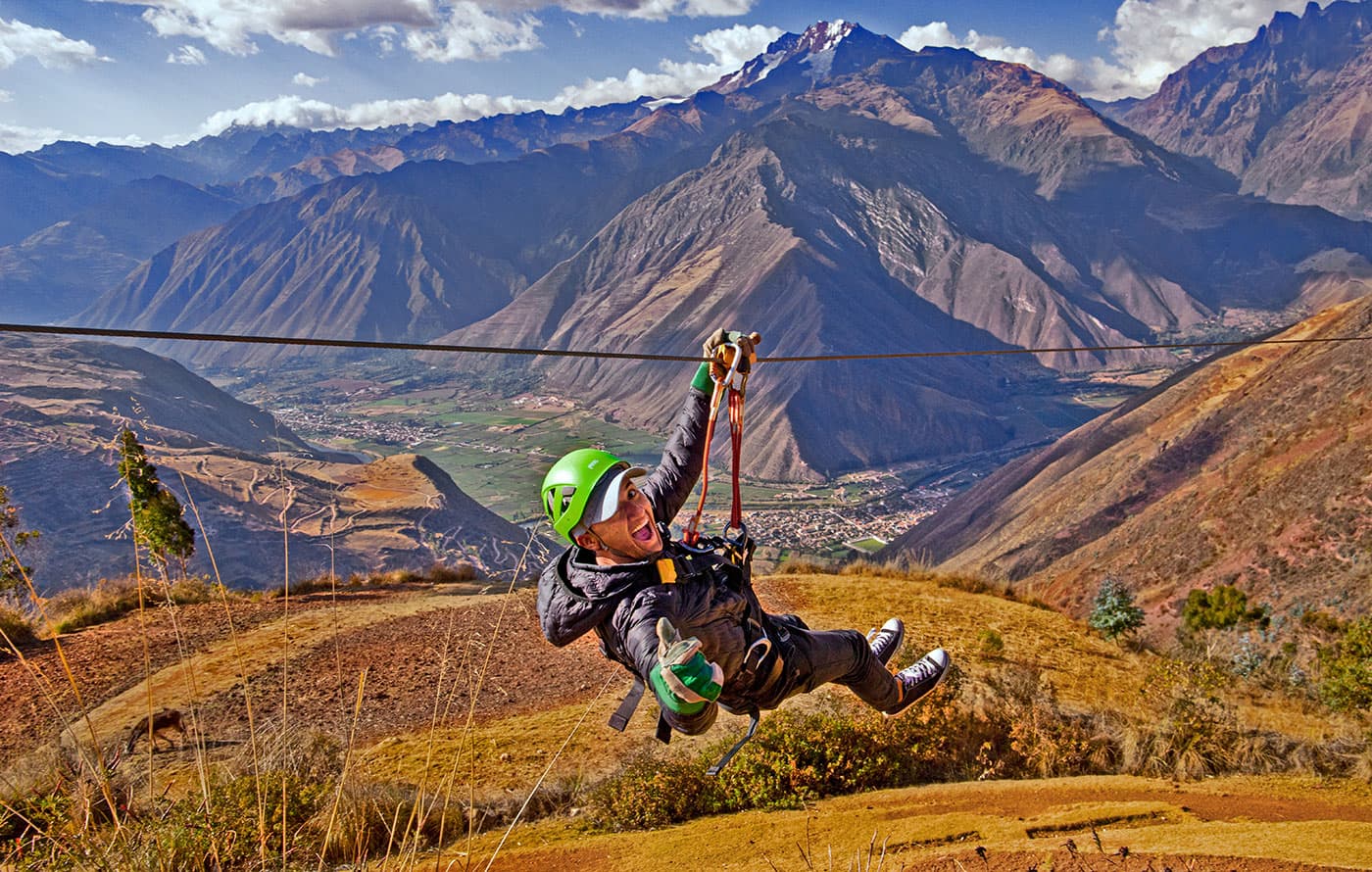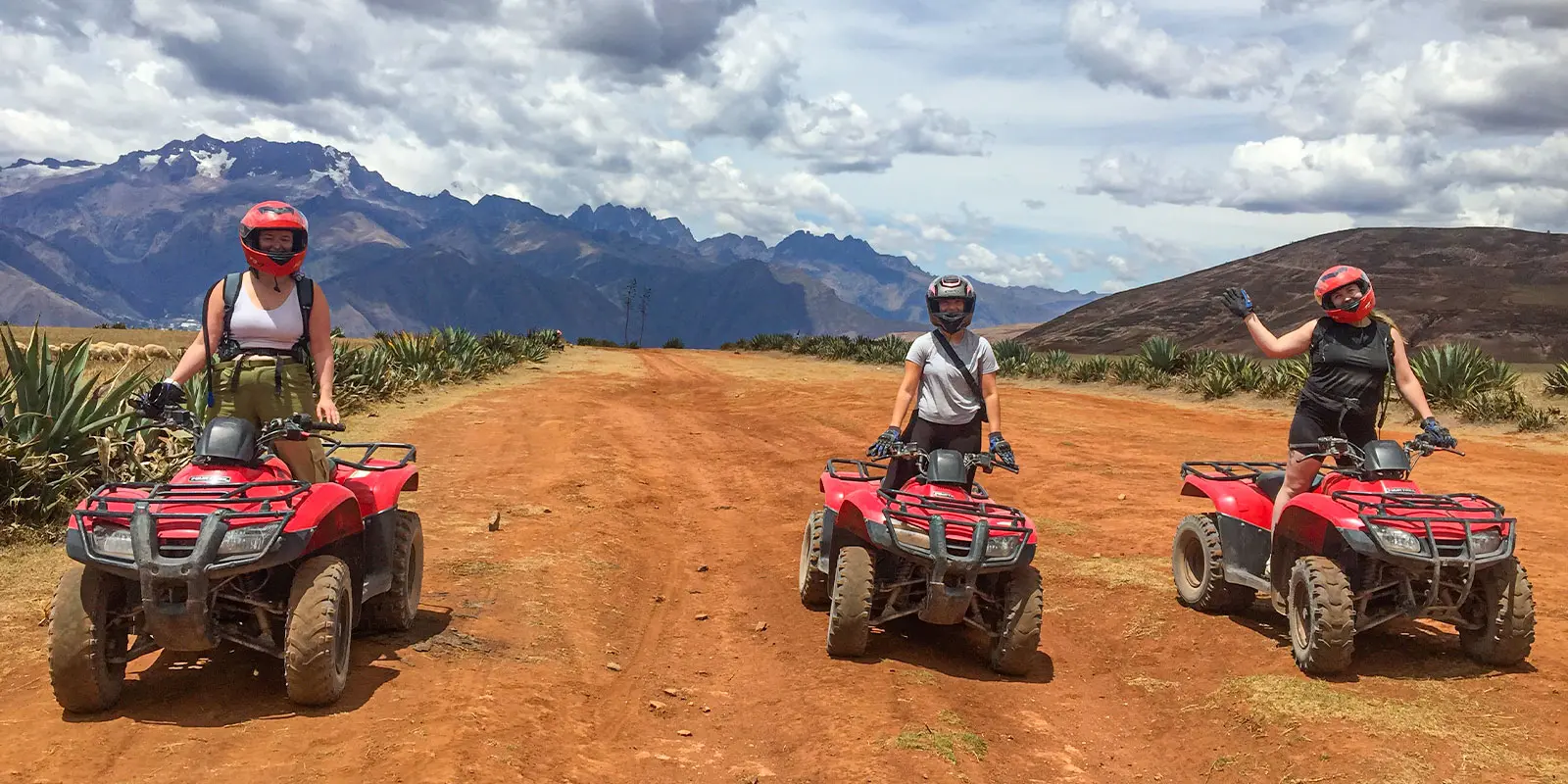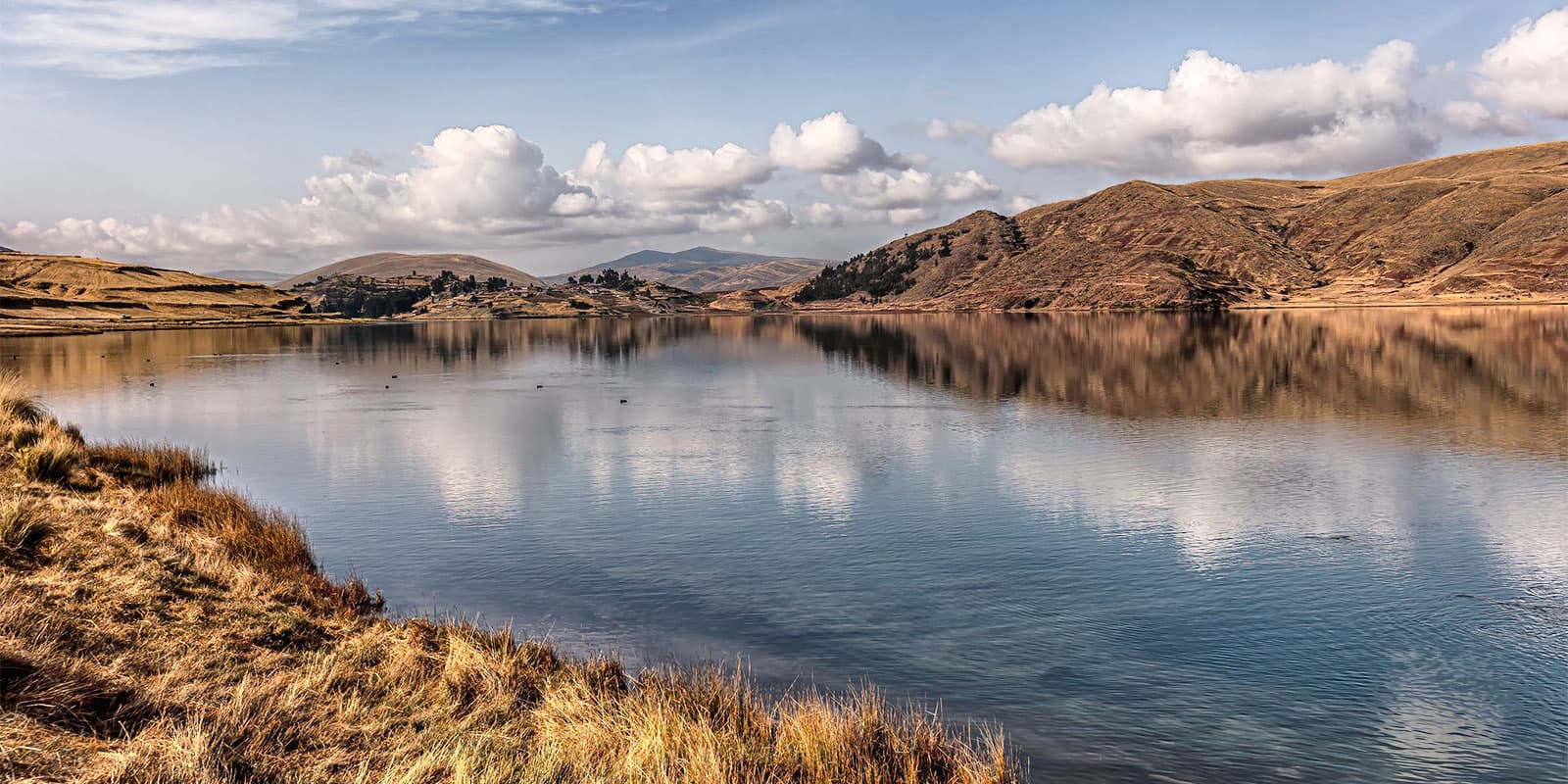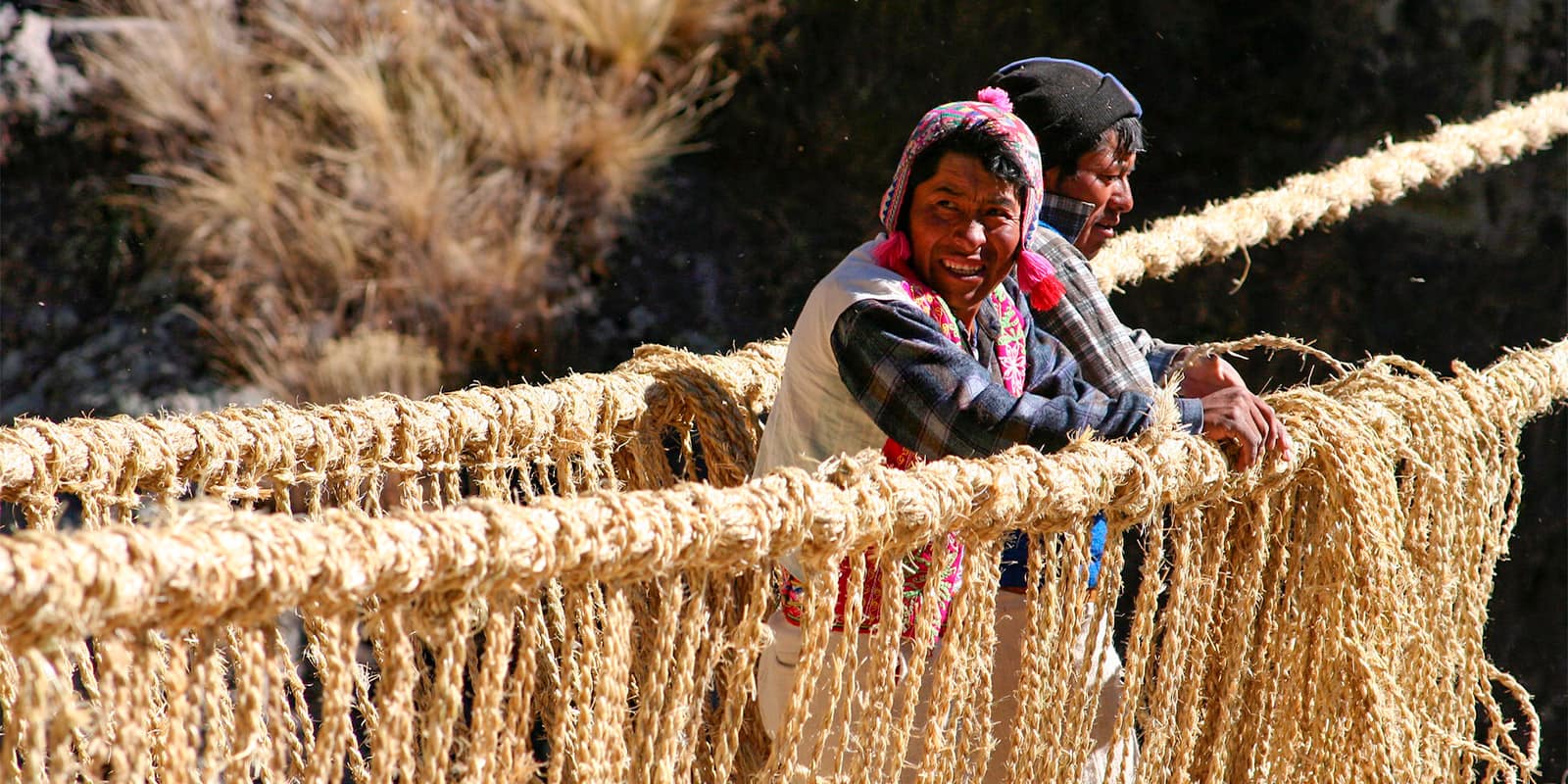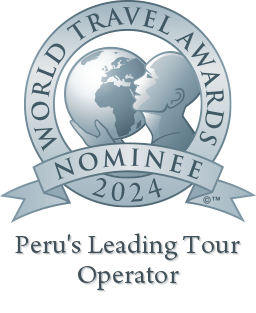Trip Details
Cusco city tour itinerary
CUSCO CITY TOUR – PRIVATE GUIDED TOURS EVERY DAY – IN THE MORNING (9 AM) OR AFTERNOON (1PM)
We will pick you up from your hotel to being your visit of the Imperial City of Cusco. It is a living example of the mix of Andean and Spanish culture. We start the tour at the Convent of Santo Domingo built over the Koricancha, which was the Ancient Inca Palace and the main worship center of the Sun Inti. You are given plenty of time to enjoy these incredible sights. From there, we visit the archeological site of Sacsayhuaman, with its impressive Inca architecture, which dominates the city. Finally, we explore the archeological sites of Q’enqo, Puca Pucará and Tambomachay, which are located in the northeast section of the city. We will take you back to your hotel in Cusco after the four hour tour.
Koricancha and the Convent of Santo Domingo
The convent was built on the spectacular Koricancha, which translates to ‘enclosure of gold’. This was the most important temple dedicated to the worship of the sun and during Inca times, the walls of which were lined with solid sheets of gold. All that remains now is the fine stonework; the conquistadors took the rest and dismantled the temple to build the convent. Koricancha was also an observatory, where Inca priests kept track of major celestial events. Besides the impressive Inca and Spanish architecture and history, you will also see an impressive collection of canvas paintings from the Escuela Cusqueña de Arte.
Sacsayhuaman
Sacsayhuaman, which means ‘satisfied falcon,’ is one of the most impressive sites built by the Incas. It is generally referred to as a fortress. However, it is not certain what its main function was before the Spanish arrived. Current research suggests that it was more likely used as a temple, as Inca tombs have been discovered in the area.
The site is a marvelous archeological feat: even now, after many parts have been destroyed, one can imagine its greatness when it stood in its full glory. The stones in the walls are incredible and the largest one weighs 128 tons.
The Incas planned the city of Cusco in the shape of a puma, with Sacsayhuaman as the head. The magnificent zigzag walls are the major attraction. The grounds surrounding Sacsayhuaman are still used today for the colorful festival of Inti Raymi, which is held to celebrate the winter’s solstice on the 24th of June.
Q’enqo
The site of Q’enqo, which means ‘maze’ in Quechua, contains the most impressive carved rocks in the Cusco area. There are carvings everywhere, although some are indistinct, as a llama, a condor and snakes have been identified. There are many zigzag channels sculpted into the natural bedrock, probably used for pouring sacrificial chicha (a local drink made from corn). Below the rock, there are a number of caves and passageways, an altar, which was likely used for the sacrifices of lamas. The mummifications of buried people have also been discovered at this site.
Puka Pukará
Puka Pukará means “the red fortress” in Quechua. This is a small site and although the name suggests that it was a fortress, it does not appear to have had any defensive purpose. Probably it was used as an administrative center and was also a resting place for chaskis who carried messages from town to town. The interesting point here is the way the Incas built the walls over the natural bedrock.
Tambomachay
The name means “place of rest” in Quechua. It used to be the royal palace of the Inca Yupanqui when he went to hunt in the surrounding area. This site was also thought to have been used as a Temple to the Water. There are some interesting aqueducts, canals and fountains sculpted out of stone, designed to channel water flowing from a nearby stream.
WHAT’S INCLUDED?
Included
- Pick up at your hotel
- Professional guide, fluent in English & Spanish
- Private transportation to visit all Inca sites
- Taxes
Not Included
- Entrance to Archeological sites: Purchase the Boleto Turístico (tourist ticket) of 70 soles (about $20 USD) per person, at the first site you enter. This can be used for 1 day to visit archeological sites in the Cusco region. (See important info, for other options)
- Entrance to Qoricancha (20 Soles per person)
- Meals
City Tour Cusco Prices
- GROUP of 1 to 6 persons – $150 USD for the total group (not per person)
- GROUP of 7 to 12 persons – $180 USD for the total group (not per person)
WHAT IS NOT INCLUDED IN THE PRICE
ENTRANCE FEES
- Entrance to Archeological sites: The one day Boleto Turístico (tourist ticket) 70 soles (about $20 USD) per person, at the first site you enter. The 10 day ticket can be used to visit all sites in the Cusco and Sacred Valley region. (See important info)
- Entrance ticket for the Qoricancha (20 Soles per person)
- Meals
HOW TO BOOK THE TOUR?
FIRST, to book your Bus to Puno from Cusco, we need you to fill out our booking form by clicking on BOOK NOW on our homepage or click here the link BOOK NOW.
Please be ready with the following information (FROM EACH PARTICIPANT in your group). We cannot purchase your Bus to Puno from Cusco without the following information:
- Personal information (your full name, exactly as on your passport):
- Gender
- Passport number
- D.OB. (dd / mm / yyyy)
- Nationality
SECOND, we require a deposit of $53.00 USD per person in order to purchase a your entrance to Machu Picchu and train ticket. You can make you deposit by clicking on the VISA or PAYPAL symbols on the top of our home page, or you can click on the VISA or PAYPAL symbols on our booking page.
WHAT ABOUT THE BALANCE?
If you would like to avoid the high credit card fees in Peru, you may pay in cash at our office (US dollars or Peruvian soles) here in Cusco. There are many ATMS within the historical center to withdraw money. You can also pay by VISA or PAYPAL online but you will have to pay a 5.5% service fee, charged by VISA and PAYPAL. To pay your balance through PAYPAL, you need to log into your PAYPAL account and use our email address samtravelperu@gmail.com.
The Boleto Turístico (tourist ticket )
You have the Option to Purchase a 1 Day or a 10 Day Boleto Turístico.
The partial ticket, or 1 Day ticket costs 70 soles ($20 USD) per person and is valid for 1 day. You can visit as many sites as you like in one day with no further charge. There are no discounts with this ticket.
Both tourist tickets, of 1 day or 10 day, allows the access to different archeological sites around Cusco, and Sacred Valley. This is the best way to visit all the archeological sites of the region and the Sacred Valley. Most of the main archeological sites are not accessible for free.
The general ticket allows you over the next 10 days to enter 16 archeological and cultural sites in Cusco, the south valley and the Sacred Valley. The price of this ticket is 130 soles (about $40 USD) per person and is valid for 10 days. This is the cheapest and most convenient way to plan to see different sites in a few days. The cost for students under 25 (with the presentation of a valid ISIC card) and for teenagers under 18 (with the presentation of an identity card) is 70 soles ($20 USD) per person. Children under 11 are free.
Here is a list of sites where you can use your Boleto Turístico:
- Sacsayhuaman
- Qenqo
- Pucapucara
- Tambomachay
- Pisaq
- Ollantaytambo
- Chinchero
- Moray
- Tipon
- Piquillaqta
Note : The entrance ticket to the main archeological sites like Sacsayhuaman, Pisac, Ollantaytambo,Chinchero,Tipón and Moray cannot be sold individually; you must buy the Boleto turístico to visit them. You can get it in Avenida del Sol nearby Peru office or at the time you enter the first site that you are visiting. YOU MUST PAY IN SOLES, NO CREDIT CARD OR US DOLLARS ARE ACCEPTED.
Important: These entrances are not included in the Boleto Turístico.
- The entrance to Qoricancha or Santo Domingo Convent (20 soles)
- The entrance to the Cathedral (25 soles)
BRIEFING
The briefing will take place the night before the trek at 6pm in our office, which is located at Calle Garcilaso 210, office 213 (second floor) in the La CASA DEL ABUELO shopping center.
TIPPING
If you’re happy with the services provided, a tip – though not compulsory – is appreciated. While it may not be customary in your country, it’s of great significance for the people who will take care of you during the Lares trek to Machu Picchu. It inspires them to give excellent service and is an entrenched feature of the tourism industry across many SAM Travel Peru destinations. Of course, you are free to tip as much as you would like, depending on your perception of the quality and the length of your trip. Remember, a tip is not compulsory and should only be given when you receive excellent service.
ARE WE SUSTAINABLE?
Yes, we are a locally sustainable & responsible tourism operator. That incorporates universal principles of tourism: protect the environment and benefit the local communities by respecting their culture and religion. With this in mind, we have trained all our local staff to know and understand, respect the places and the local people.
PACKING LIST
- Warm jacket and rain jacket
- Hat
- Water
- Sun protection
- Some money for souvenirs
- Money in soles to purchase boleto turístico and Qoricancha ticket (80 soles)
- If you are a student, take your student ID card (only works for the 10 day boleto turístico)
